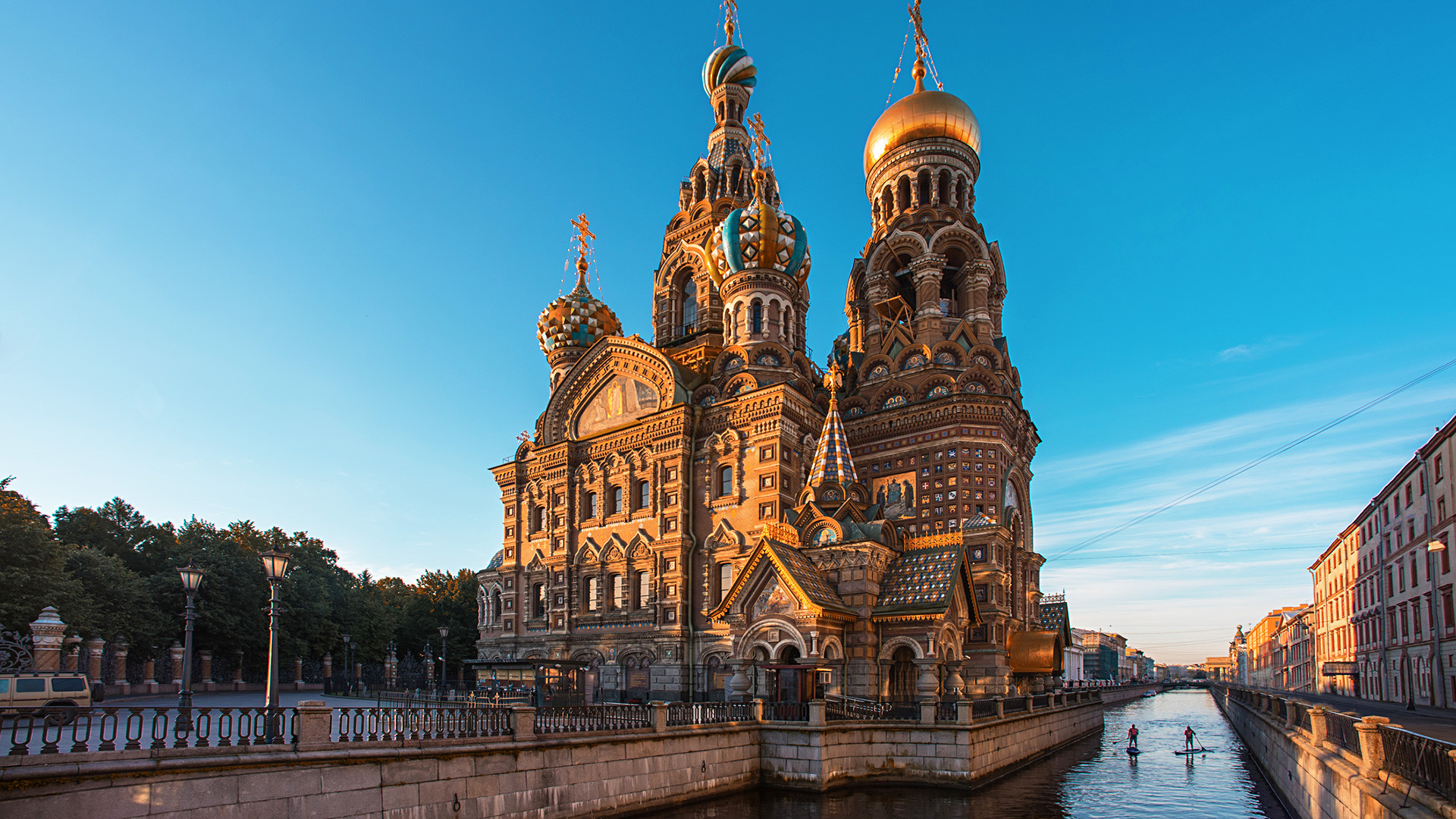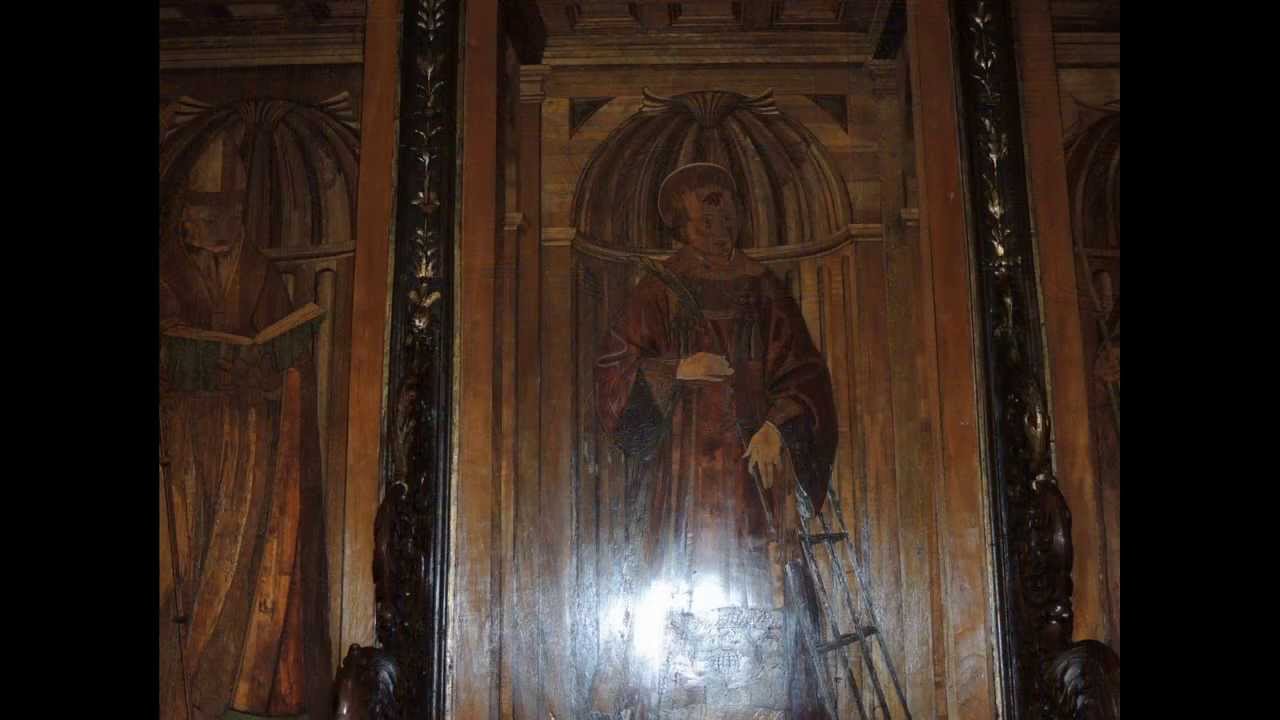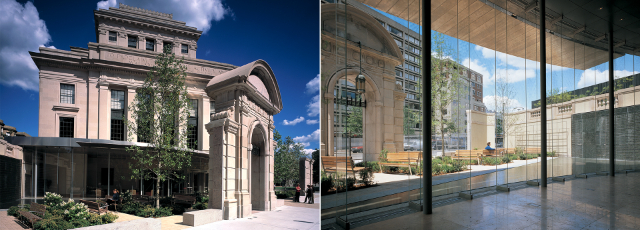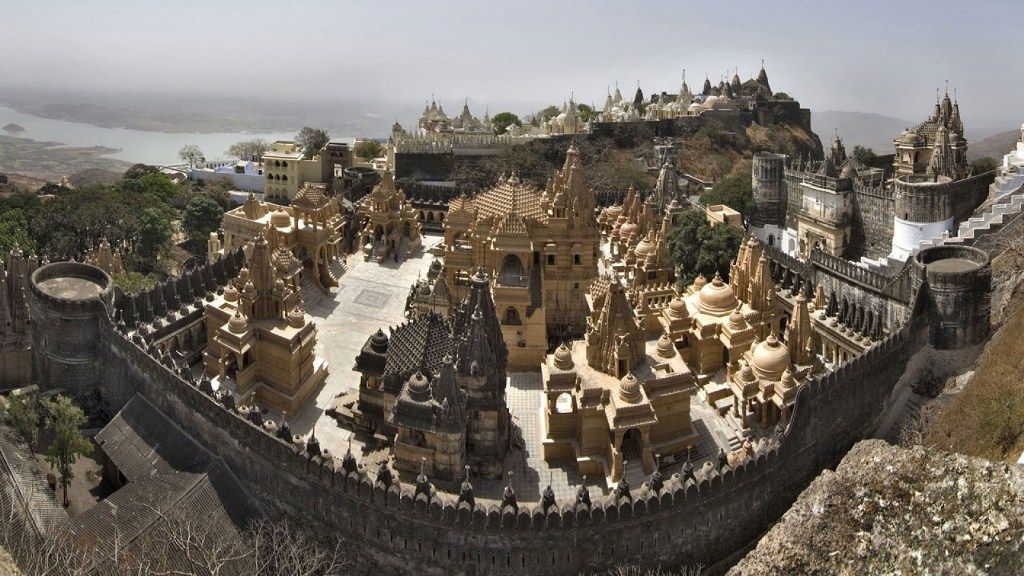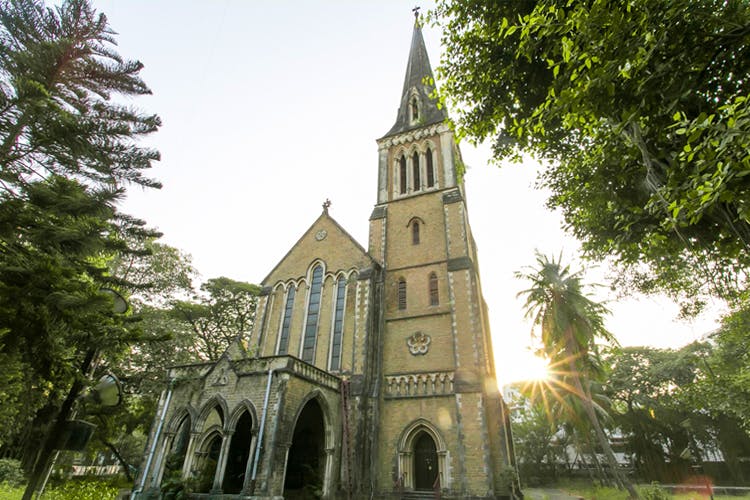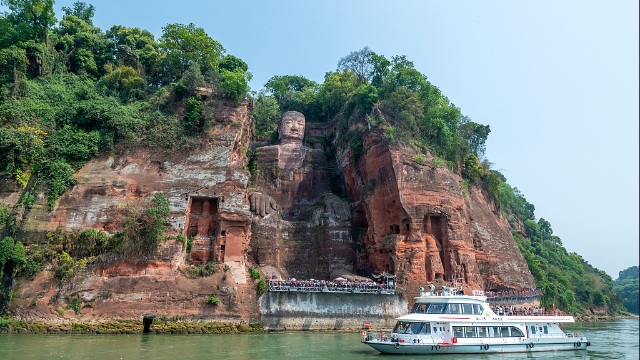Construction of the Church of the Savior on Spilled Blood in St. Petersburg began in 1883 at the behest of Alexander III, who chose this temple to pay tribute to his father, who had been assassinated two years earlier on the same site. Emperor Alexander II went down in Russian history as the Liberating Tsar. It was he who abolished serfdom, freed the peasants, abolished censorship, and amnestied the decabrists. The freedoms generated great hope in society, but also great disappointment. The emperor tried to please everyone, but almost everyone remained unhappy. The reforms caused an outcry among the population. The freedoms conferred turned against the emperor.
Thus, new forces were born who dreamed of revolution and were ready to shed their blood for their ideas. The activists of the underground Narodnaja volja (People’s Will) circle believed that the death of the tsar would solve all problems. At a meeting of the circle Alexander II was sentenced to death. Thus began the hunt for the emperor. One attack after another followed.
The Resurrection Church was planned at the end of the 19th century, when there was no metric system of weights and measures in Russia. Length and width were measured in aršin and sažen’ (these are the ancient names of units of length used in the Russian Empire = 0.71 and 2.31 m). Therefore, much later they noticed a surprising and mystical coincidence. The maximum height of the cathedral is 81 m.
These two numbers 8 and 1, magically describe the life of Emperor Alexander II. He was born in 1818 and died in 1881. One of the domes of the Savior on the Spilled Blood is 63 meters high. This figure corresponds to the age of the emperor.
During the Revolution of 1917, the church suffered major damage, and the most valuable materials were looted. In 1932, the temple was closed, and there were even plans to demolish it.
During the bombings of World War II, the church had its greatest misfortune and, at the same time, its greatest fortune, when an unexploded bomb remained hidden in the main dome.
As the beauty of its origins faded with each passing day, the temple was used as a food store and warehouse for a long time.
Twenty years later, the bomb was located and carefully removed. Years later, the church was rebuilt, and in 1997, it was reopened in all its glory, as if waking up from a bad dream.
Overview of the temple
As for the exterior of the Church of the Savior on the Spilled Blood, the five domes bathed in copper and equipped with impossible colors stand out in beauty, giving the structure a charm similar to that of St. Basil’s Cathedral in Moscow.The 9 domes crown the church, by number of angelic orders, the 5 domes are covered with enamel with an area of 1000 square meters. The facade of the cathedral is completely covered with decorations, figured frames, mosaic inserts, colored tiles. The mosaics on the gables of the entrances are dedicated to the emperor and tell in an allegorical way his martyr death.
Once inside, what strikes you above all are the impressive Baroque decorations formed by more than 600 mosaics of monumental character, which unfold as if they were carpets placed there to cover the ceilings and walls, creating a wonderful image full of light and color.
The church is full of blue and gold light. The icons seem to emanate light. These mosaics are made with a special technique that allows them to reflect the light.
The construction of the temple lasted 24 years and was completed in 1907. Such a long construction period can be explained by years and years of work on the mosaics. The interior of the Cathedral of the Savior on the Spilled Blood has more than 7000 square meters of mosaics. It is the largest collection of mosaic art in Europe.
One of the places that generate the most curiosity is the chapel of Alexander II, built to mark the exact spot where his father died.
